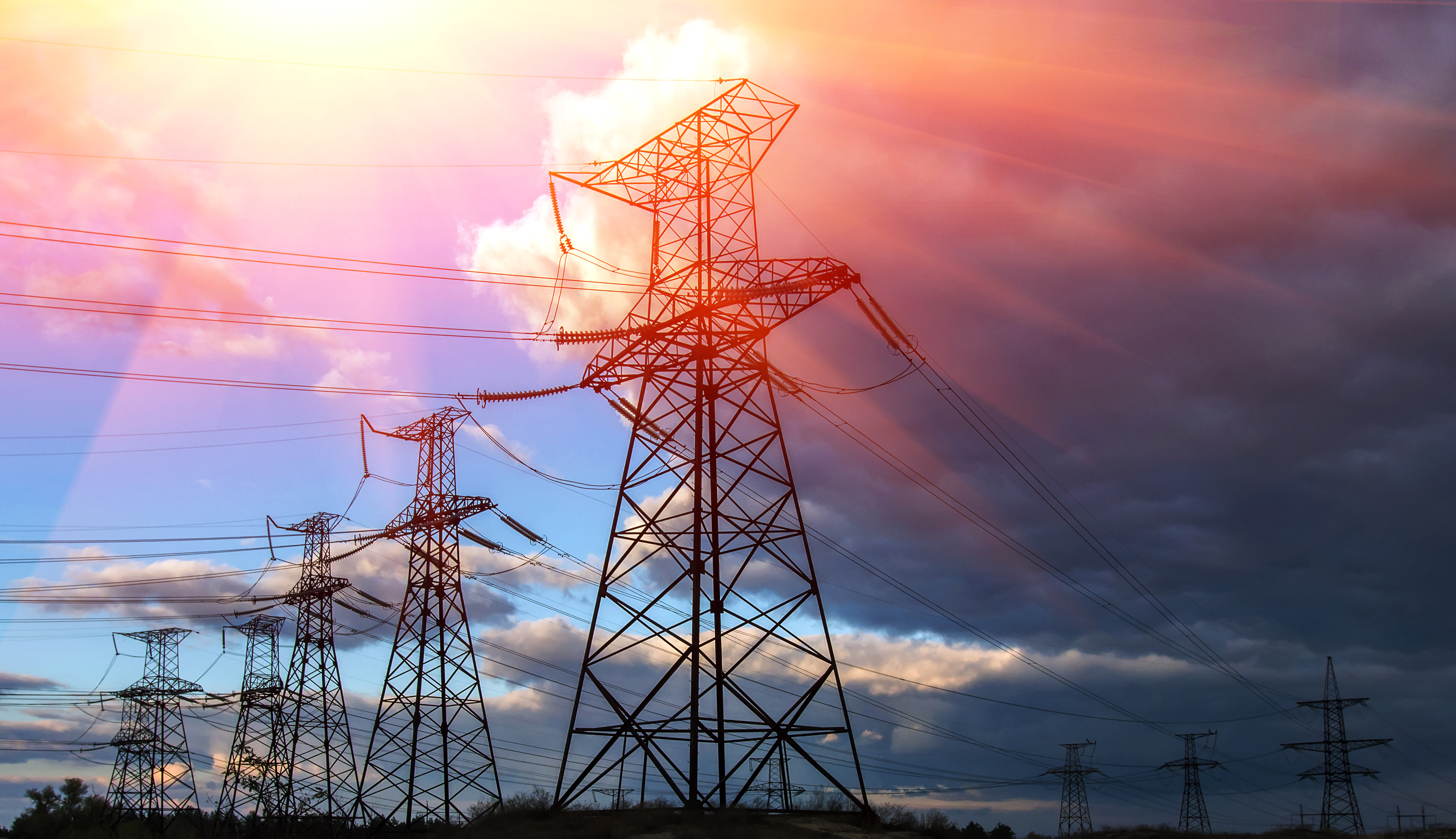Power scenario today and tomorrow: India

At the recent World Sustainable Development Summit (WSDS), Indian Prime Minister Narendra Modi said, “Energy requirements of Indians are expected to nearly double in the next twenty years. Denying this energy would be denying life itself to millions.” The PM’s assertion holds great relevance even globally. However, while global leaders are committed to achieving net-zero emissions and carbon neutrality, the fact remains that fossil fuels like coal, oil and natural gas fulfill majority of world’s energy usage.
India is not an exception to the averages, meeting around 77% of annual electricity generation from thermal plants (including 3% nuclear), owing to the abundance and affordability of coal compared to other energy sources. At present, India has a total Thermal capacity of 236.1 GW, and Renewable (including hydro) capacity of balance 165.9 GW. The highest peak demand in the country touched 215 GW in the current year and the same is expected to increase by 9% in the next year. This peak demand generally comes in the evening hours of summer season and since renewable capacity has limited contribution in meeting such peaks, a prominent valley in the exchange price can be seen during the afternoon hours. The gap between pricing at crest and trough is continuously increasing if the typical annual average daily curves of exchange price are compared for last few years.
The gap is expected to increase further as we move forward with our ambitious plan of attaining 500 GW renewable capacity by 2030 which converts to addition of 35-40 GWs of renewable energy (RE) capacity annually.To absorb this additional renewable capacity, the need of the hour is to have a plan for an overall integration of the capacity into the grid, without compromising on the grid security and avoiding price variations.
Therefore, to meet the growing peak demand and to achieve a smooth integration of RE power into the grid, we need to take firm steps on flattening the daily demand curve through Supply Side as well as Demand side management:
Promoting the pump hydro storage. Considering that the battery storage system might take few more years to become viable in India, focussing upon pump storage hydro projects is going to yield a better solution in terms of supplying peak power by storing the RE power during off-peak hours
Promoting distributed generation. India must ramp up its rooftop solar energy production capacity, which currently stands at a mere 7.5 GW installed so far, compared to the planned 40 GWs by the end of this financial year. Similarly captive generation should further be streamlined.
Promote Flexi generation scheme, either through retro-fitting as well as through bundling solar capacity within existing Thermal Power plants. Retro-fitting improves the flexibility of a Thermal power plant in varying (ramp up and ramp downs) generation levels at a faster pace, to meet despatch schedules as required by the Grid. At the same time, we need to study the impact of operating thermal assets on reduced capacity, on continuous basis, over the life cycle. In promoting the Renewables, we need to safeguard our base load assets since retrofitting has been adopted for the first time in India and we need to be cautious while implementing such schemes for any irreversible adverse impact.
Policy interventions to enable re-commissioning of 25 GW of Gas based power plants, not operating on account of limited gas supplies allocated to power sector and abnormally high international prices of LNG. This may include initiatives towards Strategic acquisition of gas assets abroad.
Shifting Agriculture load to day time
Promoting ‘Time of the Day’ metering
Continuing on the net-zero emissions path, Government of India is taking aggressive actions in the following areas:
The above initiatives are being taken in the appropriate spirit and have the potential to decarbonize mobility, industries such as fertilizer plants, oil refineries and steel mills. This requires sector specific solution for faster adoption, without missing the very purpose of implementing such schemes. For example we should plan for transmission grid integration for the EV and should make sure through policy formulation that such charging should take place only during off-peak hours and that too from renewable sources. Such adoption needs precise matching of the load and source of supply without impacting the peak power demand of the country.
Conclusion
There is no doubt that India’s growing economy needs energy to fuel its ongoing development and advancements. And by switching to green sources, we not only meet carbon emission goals but also bring new livelihood opportunities and health benefits to people. However we should also remain focussed on balancing the grid integration by flatting the daily demand curve and augmenting the new transmission plan to accommodate not only our planned RE capacity addition but also the new initiatives taken in the field of Green Hydrogen and Electric Vehicles.